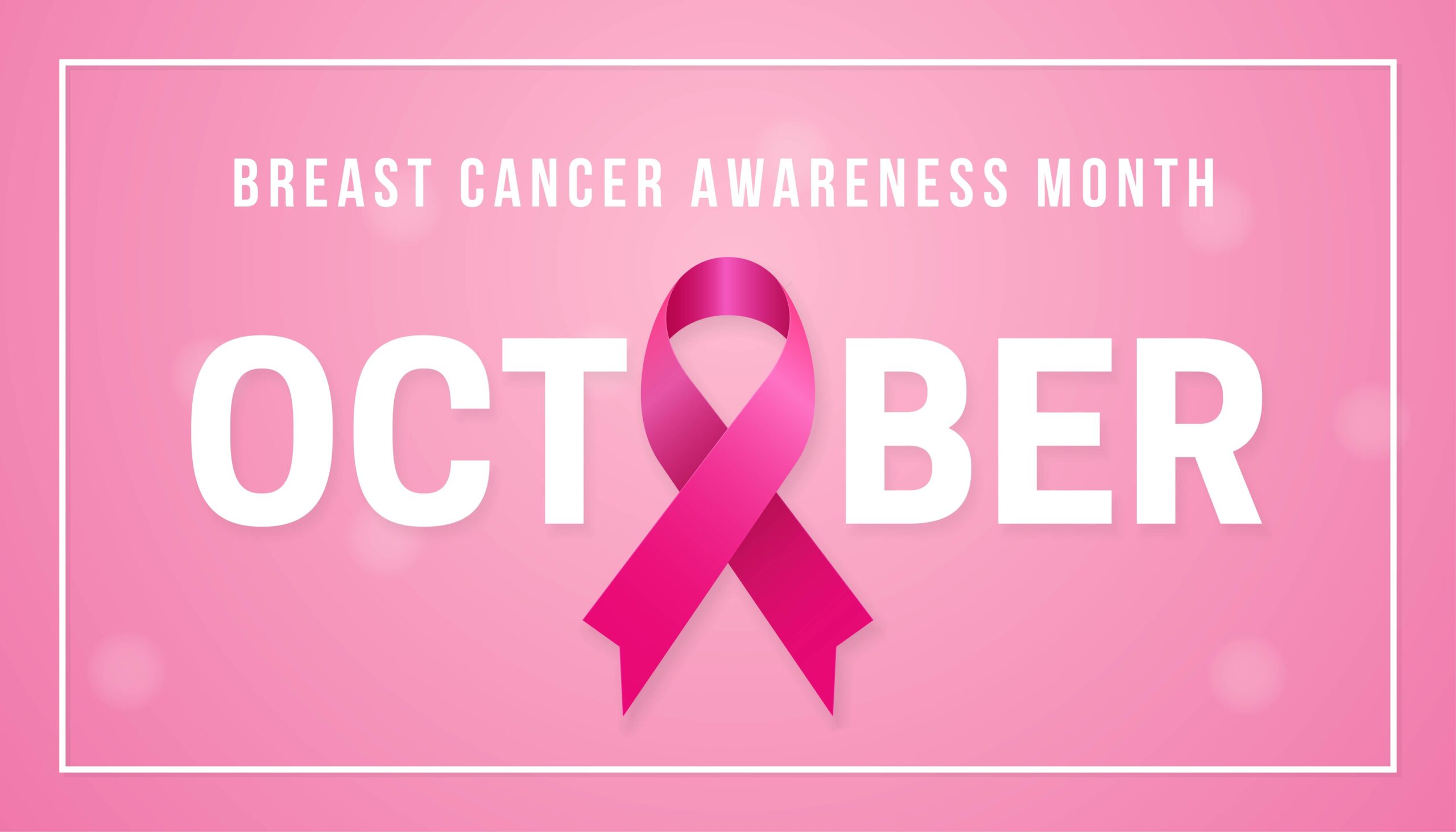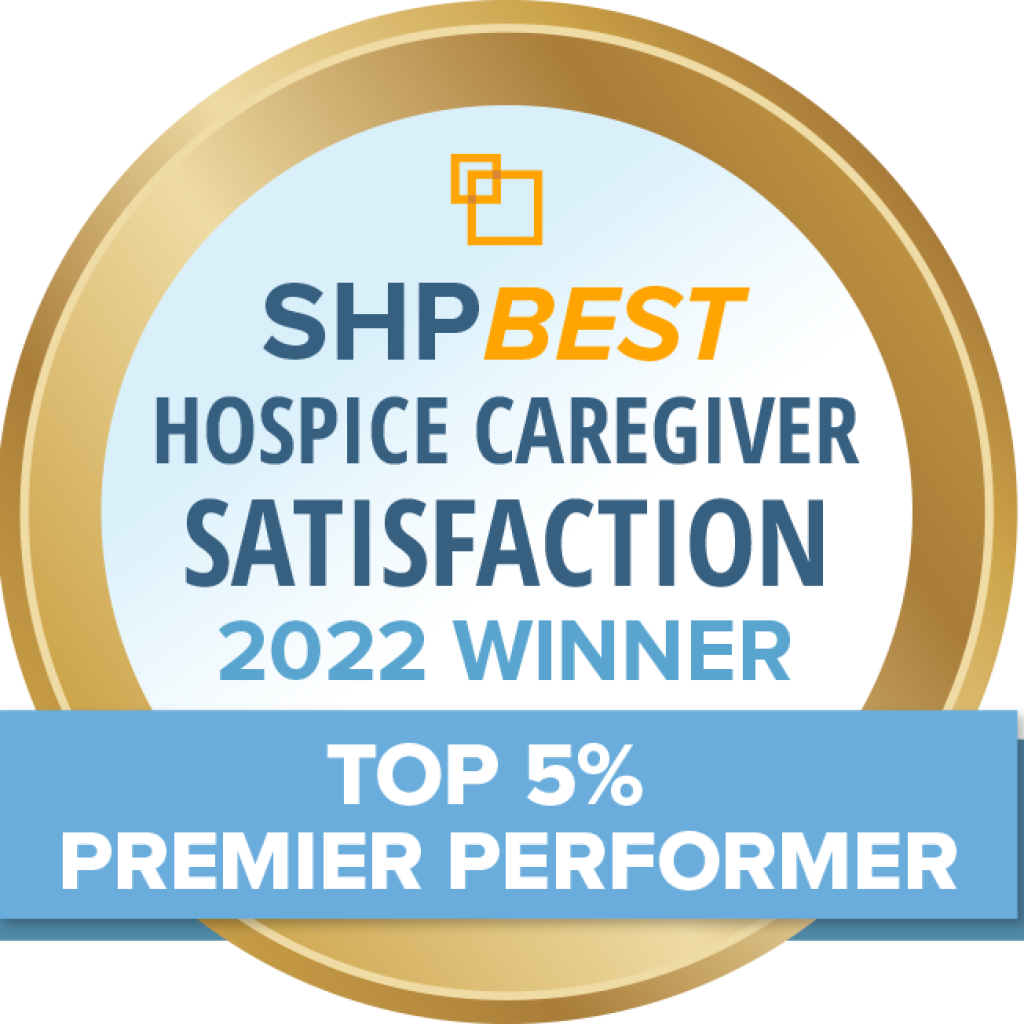
Breast Cancer Awareness Month
Breast cancer is one of the most common cancers among women in the United States, second only to skin cancer. It’s a disease in which the cells in the breast grow out of control. There are several types of breast cancer, but there are two that are most common. Invasive ductal carcinoma is when the cancer cells begin in the ducts and then grow outside them into other parts of the breast tissue. Invasive lobular carcinoma is when the cancer cells begin in the lobules and then spread from there to the breast tissues that are close by. It is possible for both of these invasive cancer cells to spread to other parts of the body.
Symptoms of Breast Cancer
Symptoms of breast cancer can vary from patient to patient, and some may not experience any at all. However, some common symptoms one may experience are:
- Any change in the size or shape of the breast
- Pain in the breast
- Discharge from the nipple (other than breastmilk), including blood
- A new lump in the breast or underarm
If you have concerns about any symptoms you are experiencing, see your doctor right away.
Risk Factors for Breast Cancer
There are several factors that can put a person at higher risk for developing breast cancer. Some are beyond our control, while others we can change. One of the main factors that puts a person at risk for breast cancer is being a woman. Although men can get breast cancer, women are at higher risk.
Risk Factors Beyond Our Control
- Getting older. As we get older, the risk for breast cancer increases. Most breast cancers are diagnosed after age 50.
- Genetic mutations. Inherited changes to the BRCA1 and BRCA2 genes put a woman at higher risk.
- Having dense breasts. Women with dense breasts have more connective tissue than fatty tissue. This can make it more difficult to see tumors on a mammogram.
- Family history of breast or ovarian cancer. A woman’s risk increases if she has a first-degree relative on either side of her family who has had breast or ovarian cancer.
How to Lower Your Risk for Breast Cancer
- Exercise regularly. The risk for breast cancer is higher for women who are not physically active. Exercising regularly can help lower your risk.
- Maintain a healthy weight after menopause. The risk is higher for women who are overweight or obese after menopause. Maintaining a healthy weight can help lower your risk.
- Avoid taking certain hormones. Certain forms of hormone replacement therapy or birth control pills have been linked to a higher risk for breast cancer. Talk to your doctor about the risks if you are taking either of these.
- Breastfeed your children, if possible. Breastfeeding your children can help to decrease your risk for breast cancer.
- Avoid or limit alcohol intake. Studies show the more alcohol a woman drinks, the higher her risk for breast cancer. Avoiding or limiting your alcohol intake can help reduce your risk.
Hospice Care for Breast Cancer Patients
If you or someone you love has been diagnosed with breast cancer, and curative treatment is no longer an option, hospice may be right for you. Please contact us to learn more about how the AT Home Care team can help.



